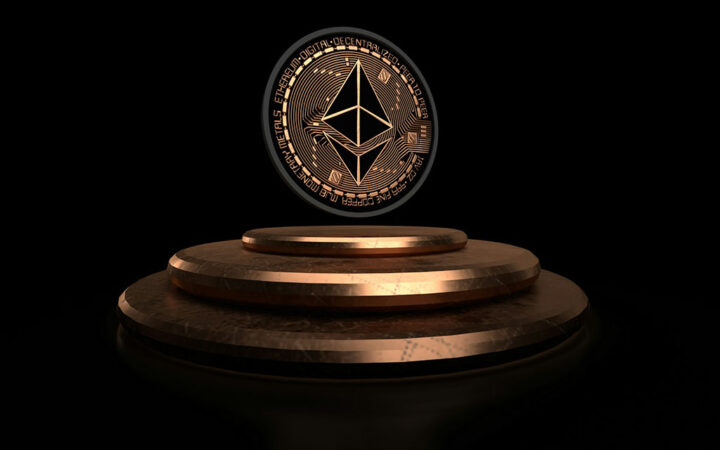Key Notes
- Ethereum has recorded massive volume over the past month to maintain its dominance.
- The blockchain continues to fight off competition from Solana and BNB Chain.
- Despite concerns about fees, Ethereum remains mainly in use.
With the crypto world evolving, Ethereum
ETH
$3 114
24h volatility:
0.5%
Market cap:
$373.71 B
Vol. 24h:
$33.48 B
has retained its relevance as the dominant chain. It is maintaining its dominance despite ongoing criticisms of its high transaction fees.
While Ethereum’s dominance is unquestionable, competitors like the XRP Ledger (XRPL) and Solana
SOL
$237.7
24h volatility:
1.8%
Market cap:
$112.56 B
Vol. 24h:
$9.03 B
notably challenge its position. These emerging contenders are sparking a competitive race, reshaping the dynamics of blockchain innovation.
Ethereum’s Onchain Metrics Leads the Charge
Ethereum’s resilience is evident in its impressive on-chain growth, even as it navigates periods of price fluctuations. Between September 13 and 19, Ethereum struggled to maintain its price above the $3,200 mark. Yet, it outperformed in crucial metrics like network activity, Total Value Locked (TVL), and fee generation.
Over the past month, the blockchain recorded a staggering $149.9 billion in on-chain volume. It easily outpaced its closest competitor BNB Chain, which logged in just $26.6 billion. Ethereum’s growth rate of 37.7% further emphasizes its dominance, while BNB Chain’s activity has dwindled by 6%.
Ether’s transaction fees, averaging around $7.50, are often criticized as a barrier for smaller retail users. The network tackles this challenge with layer-2 solutions like Arbitrum, Optimism, and Base. These networks process transactions off the main blockchain, reducing fees while maintaining Ethereum’s security and reliability.
These networks are integral to the protocol’s ongoing success, solidifying its role as the industry’s first blockchain. Despite operating separately, these layer-2 solutions remain tightly connected to Ethereum’s mainnet for final validation. This ensures all transactions are secure and tamper-proof, keeping the network safe and decentralized.
Ethereum’s biggest challenge is scaling while preserving decentralization and ecosystem integrity. The Ethereum 3.0 upgrade, with sharding and zkEVM, aims to address this, but full implementation is still years away.
Meanwhile, Ethereum’s network benefits from independent validators and staking, strengthening its decentralization and security. These features help it stay competitive against networks like Solana and BNB Chain.
XRPL and Solana Heat Up the Blockchain Race
While the Ethereum blockchain remains a dominant force, competition is heating up. The XRP Ledger (XRPL) recently made history by launching its Ethereum Virtual Machine (EVM) sidechain. This upgrade is poised to improve cross-chain compatibility and enable XRP minting and burning. The recent v4.0.0 upgrade also enhances scalability and overall appeal.
Meanwhile, the Solana blockchain has seen impressive growth, with its on-chain volume increasing by 83% last month. The network’s Total Value Locked (TVL) is $8.3 billion, though it still lags behind ETH’s $59.4 billion. Solana’s Decentralized Exchanges (DEXs) have also gained more user activity than Ethereum’s.
Despite Solana’s rapid ascent, ETH continues to generate substantial revenue from transaction fees, earning $163.7 million last month. This record is well ahead of Solana’s $133.4 million. This solid revenue stream reinforces Ethereum’s dominance and its ability to appeal to institutional investors seeking a reliable and scalable blockchain.
next
Disclaimer: Coinspeaker is committed to providing unbiased and transparent reporting. This article aims to deliver accurate and timely information but should not be taken as financial or investment advice. Since market conditions can change rapidly, we encourage you to verify information on your own and consult with a professional before making any decisions based on this content.
Benjamin Godfrey is a blockchain enthusiast and journalist who relishes writing about the real life applications of blockchain technology and innovations to drive general acceptance and worldwide integration of the emerging technology. His desire to educate people about cryptocurrencies inspires his contributions to renowned blockchain media and sites.



